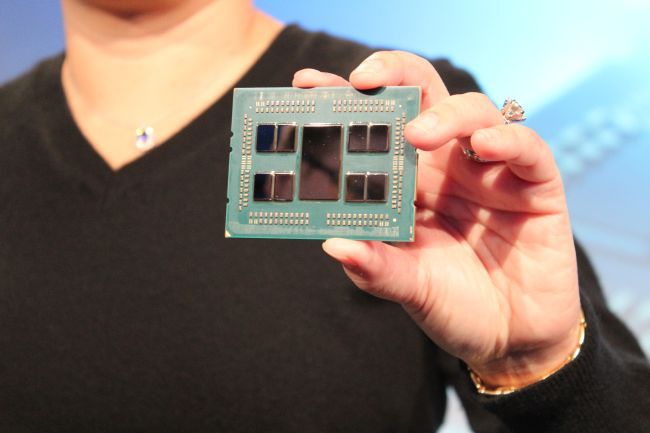- Nov 27, 2007
- 2,043
- 5,094
- 136

VMware's New Licensing Fees are Going to Hurt AMD's 64-core EPYC Rome
You'll pay twice as much for VMware if you have more than 32 cores in a single CPU
While this might be done in anticipation of Cooper Lake, this really sucks for AMD. It essentially doubles the licensing fee for all ROME CPUs having more than 32 cores (previously it costed about the same as the top-end CPU, 7K, now it's double that).
Considering that WMware is Dell owned I wouldn't be surprised if this is also Intel's "Financial Horsepower" at work.
Overall it puts the rumored top end Ice-Lake with 36 cores into an interesting position (maybe a unicorn CPU?)



